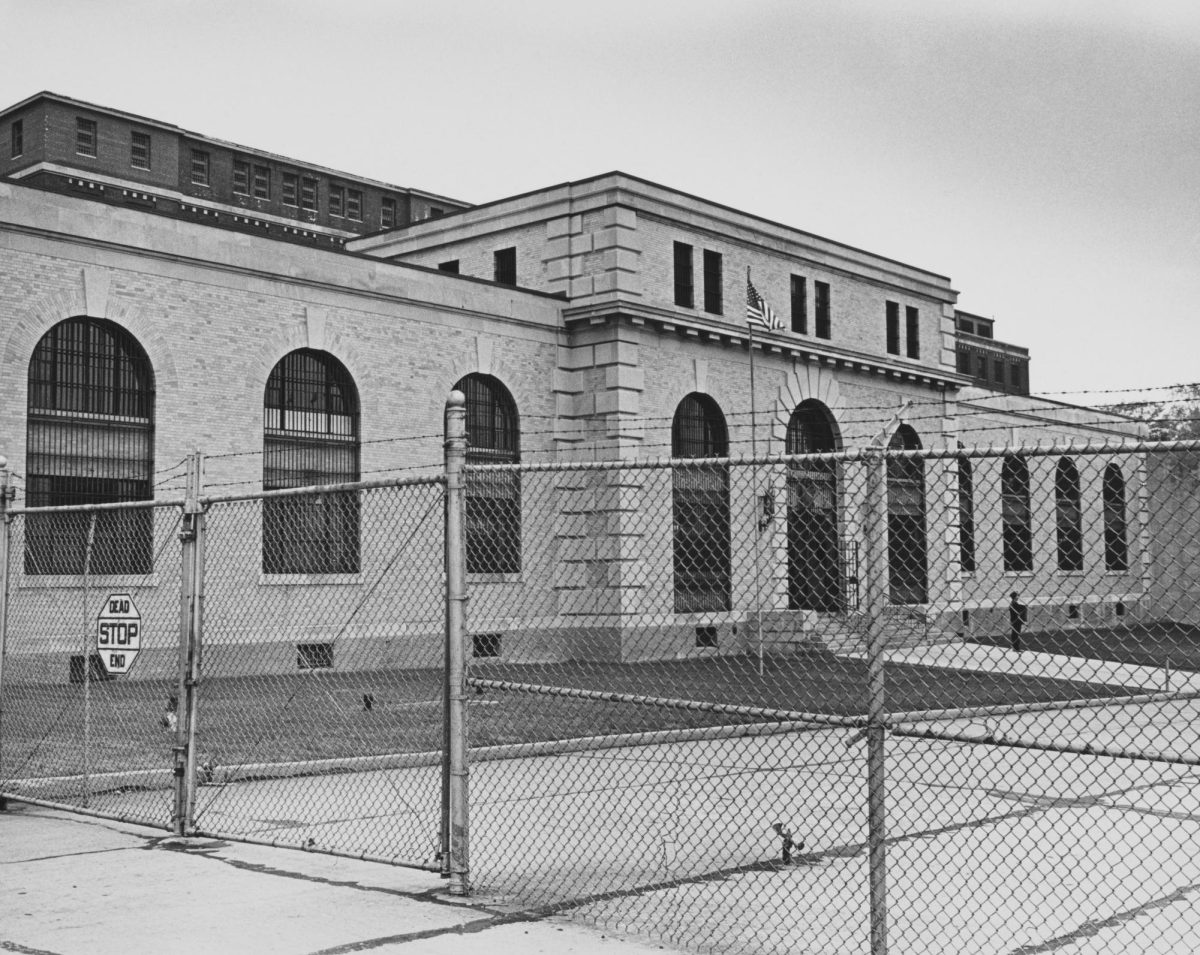Normally my column focuses on modern technology and innovations.
However, this week we’re going to focus on a totally different era. A time when society was hopeful, and even Tampax was considered futuristic. What am I talking about you may ask? Well, I’m talking about dreams of the future as illustrated in the media.
Earlier in January, I attended the 92Y Tribeca show in New York City, titled “Kevin Geeks Out About… Visions of the Future.” It was part film screening, part comedy show and part lecture, with numerous speakers showcasing materials of what people in the early 1900s thought the late 1900s and new millennium would bring. While we still have yet to see many of the depicted technologies come to life, the show placed a humorous slant on a very interesting topic.
From parking garages similar to buildings in “The Jetsons” fully equipped with spaces that allowed you to walk right into your office from your car, to entire meals contained in a single pill, the future was portrayed as an era of efficiency and technological innovation. The last aspect was taken from a booth sponsored by Tampax at the 1939 World Fair, which we’ll get back to shortly.
Did you know that by 1980, society was supposed to have liquor in a pill, child vending machines (because sometimes an epidural isn’t enough to minimize the stress of having children), and really cool drinking songs? These ideas came from a 1930s depression era film titled “Just Imagine.” The segment was presented by Elliot Kalan, an Emmy Award winning writer for “The Daily Show,” who provided the audience with a note that while there were many great films made in the 1930s, “this one was absolutely one of the worst.” While I don’t mean to turn this into a film critique, it was pretty humorous to see the gung ho character show’s amazement with the future.
Moving onto more recent times, the segment created by Jay Stern, a producer at the 92Y Tribeca, showcased clips predicting technology of 2010. Some of the predicted technologies were: chess of the future, which was simply midget humanistic chess pieces that actually fought each other, futuristic exercise as illustrated in a 1984 society where for an entire hour, all citizens in the country had to stop what they were doing and do a dance routine very similar to the moves for the song YMCA, and last but not least, real life Battleship. For some reason, I have a feeling that the government is presently working on that last technology.
Moving back however, Seth Porges, an editor at the magazine “Popular Mechanics” gave a presentation showing innovations featured in the magazine from 1909 until 1964. Some notable headlines included one from 1909, which said blimps were the biggest threats to cities. How did such a scare come about? Well, it was because some person dropped confetti over a city while riding in a blimp.
There were many other technologies, but the other favorites, according to the laughter of the audience, were sprinkler hats for firefighters (1914), and steel capsules shaped like bullets for infantry in battle to protect themselves (1915).
Now, why exactly am I mentioning all of this? Originally, I meant to focus on a point from the show, that in the past, humans were more hopeful about the future than in the present. Taking this point further, just look at how many films today focus on post-apocalyptic plots. Due to the breadth of the topic, I can’t discuss the entirety of the topic in this article. However, it will likely come up in a later column, which ties the role of search engines into the apocalypse.










